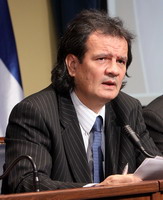- Serbia
Get to know Serbia
- Citizens
Culture and science
Health services
Pension and disability insurance
- Business
Employment
Economy
- Media
- Government
- Contact
Keep in touch
Contact form
Back
Keepin touch
Whether you have a question, comment, suggestion or any problem in the purview of the government, send us your message and we will try to respond as soon as possible. If your problem is not in our purview, we will forward your message to the relevant institution.
Q:
A:
Foreign trade deficit down by 9.7%
Belgrade,
29 December 2010
Director of the Serbian Statistical Office Dragan Vukmirovic stated that the total foreign trade deficit in the period January–November 2010 was reduced by 9.7% and stood at $6,302.2 million.
Vukmirovic told a press conference that the export-import ratio was 58.4%, exceeding the 52.1% in the same period previous year.
The foreign trade in the period January–November stood at $23,968.2 million, he said, adding that the exports were $8,833 million, which as increase of 16.3% against the same period last year.
We imported goods worth $5,135.2 million, up 3.9% compared to the same period last year, he added.
Vukmirovic noted that the most exported items were intermediate goods, accounting for 65.4 % of overall exports, followed by consumer goods, which made up 26.8% and equipment, making up 7.8 % of total exports.
Imports were also dominated by intermediate goods, 55.6%, consumer goods, 17%, and equipment, 10.3% of overall imports.
Vukmirovic underlined that major importers of Serbian goods were Italy ($1,015.8 million), Bosnia-Herzegovina ($991 million) and Germany ($928 million).
The largest exporters to Serbia were Russia ($1,936 million), Germany ($1,606.1 million) and Italy ($1,293.2 million).
The greatest portion of foreign trade was recorded in commerce with the EU, which accounted for more than half of the total trade. Serbia’s second largest foreign trade partner is CEFTA countries, with which it achieved a surplus of $1,244.4 million.
GDP growth in real terms in the third quarter stood at 2.7% against the same period last year, he noted.
The largest growth was recorded in financial mediation (8.7%), transportation (7.4%), ore and stone mining (6.2%), trade (6.2%) and processing industry (5%).
The greatest GDP drop was in the construction sector (9.2%) and the production of electricity, gas and water (4.4%).
The foreign trade in the period January–November stood at $23,968.2 million, he said, adding that the exports were $8,833 million, which as increase of 16.3% against the same period last year.
We imported goods worth $5,135.2 million, up 3.9% compared to the same period last year, he added.
Vukmirovic noted that the most exported items were intermediate goods, accounting for 65.4 % of overall exports, followed by consumer goods, which made up 26.8% and equipment, making up 7.8 % of total exports.
Imports were also dominated by intermediate goods, 55.6%, consumer goods, 17%, and equipment, 10.3% of overall imports.
Vukmirovic underlined that major importers of Serbian goods were Italy ($1,015.8 million), Bosnia-Herzegovina ($991 million) and Germany ($928 million).
The largest exporters to Serbia were Russia ($1,936 million), Germany ($1,606.1 million) and Italy ($1,293.2 million).
The greatest portion of foreign trade was recorded in commerce with the EU, which accounted for more than half of the total trade. Serbia’s second largest foreign trade partner is CEFTA countries, with which it achieved a surplus of $1,244.4 million.
GDP growth in real terms in the third quarter stood at 2.7% against the same period last year, he noted.
The largest growth was recorded in financial mediation (8.7%), transportation (7.4%), ore and stone mining (6.2%), trade (6.2%) and processing industry (5%).
The greatest GDP drop was in the construction sector (9.2%) and the production of electricity, gas and water (4.4%).
-
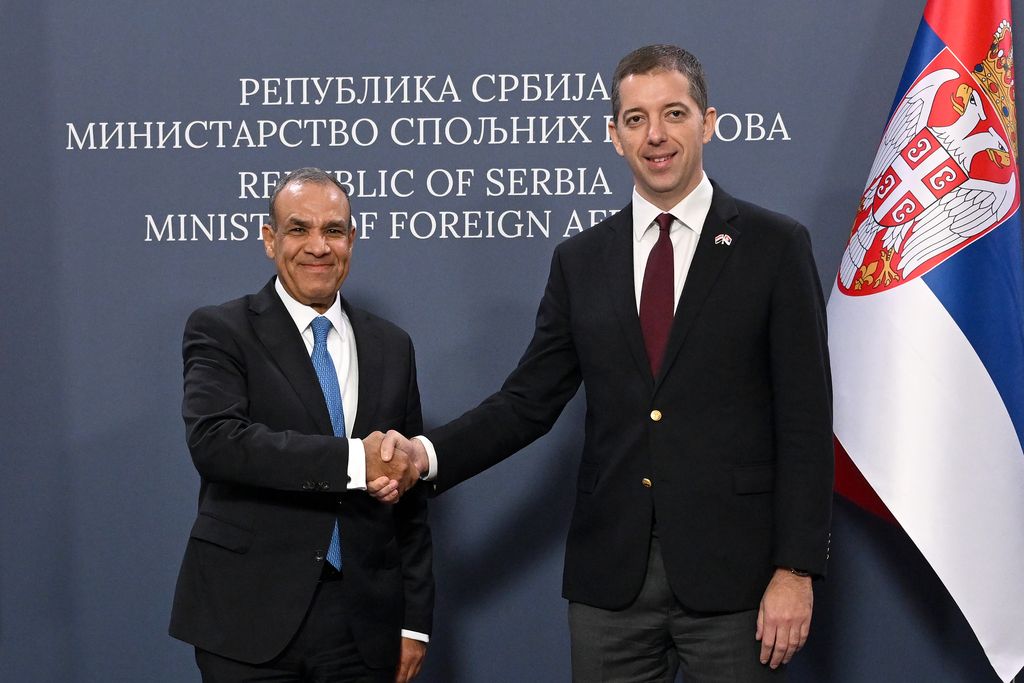 Belgrade, 22 January 2025
Belgrade, 22 January 2025Egypt one of Serbia’s closest partners on international stage
-
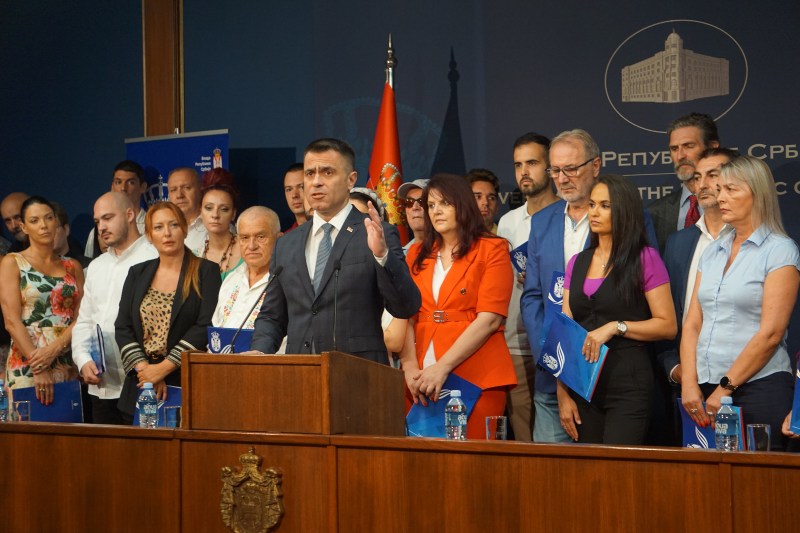 Belgrade, 9 July 2024
Belgrade, 9 July 2024Support for 104 associations in diaspora that preserve Serbian language, culture
-
 Belgrade, 15 April 2024
Belgrade, 15 April 2024Competition for StarTech grants open until 31 May
-
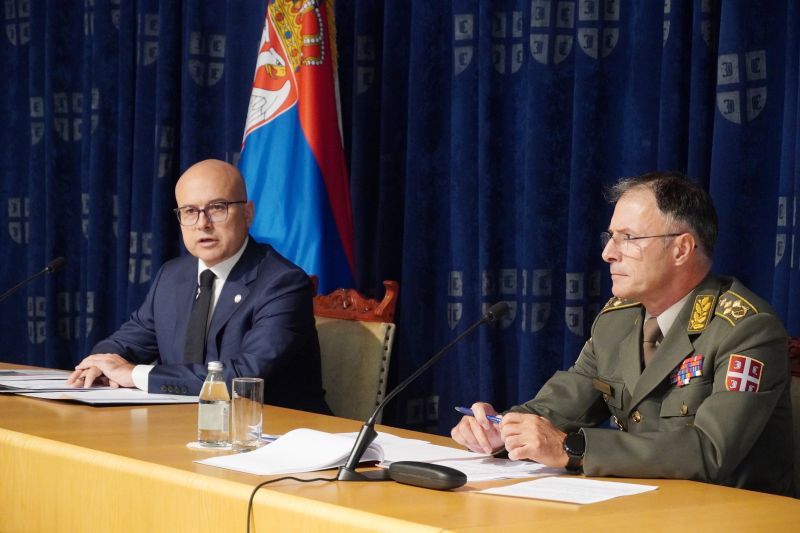 Belgrade, 2 October 2023
Belgrade, 2 October 2023Serbia respects Resolution 1244 and will do everything to preserve peace
-
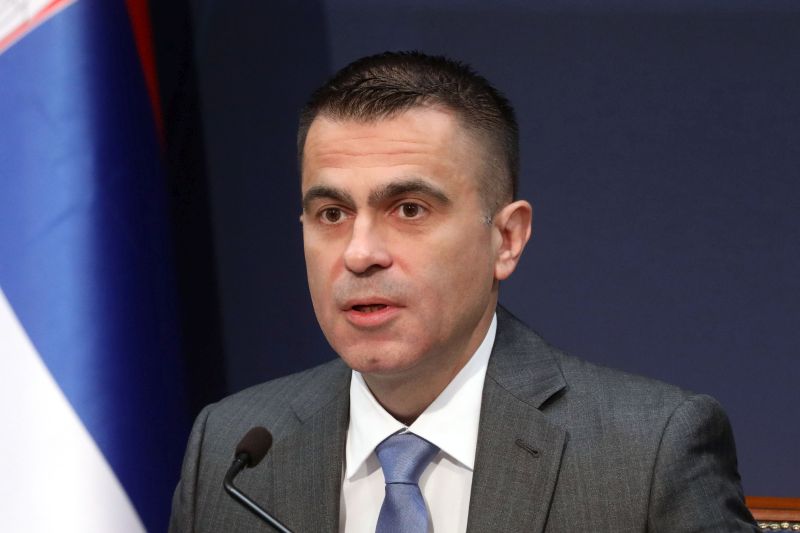 Belgrade, 13 September 2023
Belgrade, 13 September 2023Day of Serbian Unity to be celebrated outside borders of Serbia, Republika Srpska for the first time
-
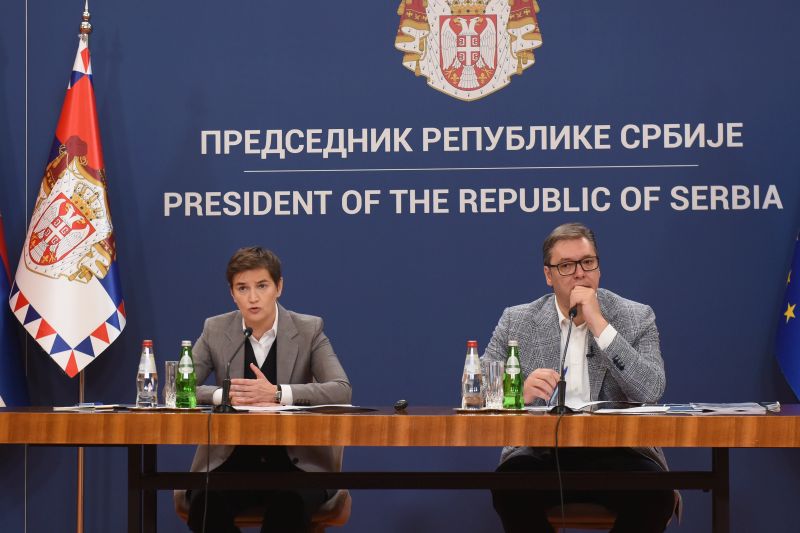 Belgrade, 8 August 2023
Belgrade, 8 August 2023RSD 24.2m in state aid paid out to citizens affected by storm
-
 Belgrade, 17 June 2023
Belgrade, 17 June 2023Belgrade is doing everything to preserve peace in Kosovo and Metohija
-
 Belgrade, 15 June 2023
Belgrade, 15 June 2023Slovenia will continue to support Serbia on its way to EU
-
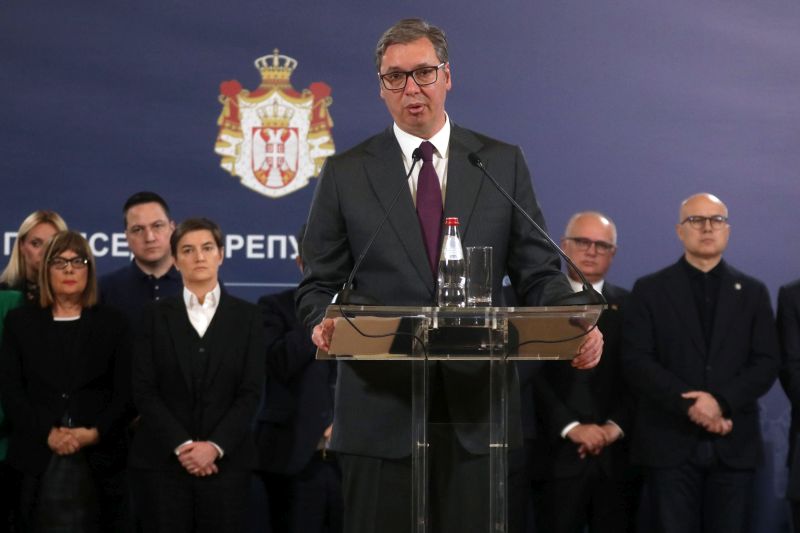 Belgrade, 5 May 2023
Belgrade, 5 May 2023Emergency measures, tightening of conditions for possessing weapons
-
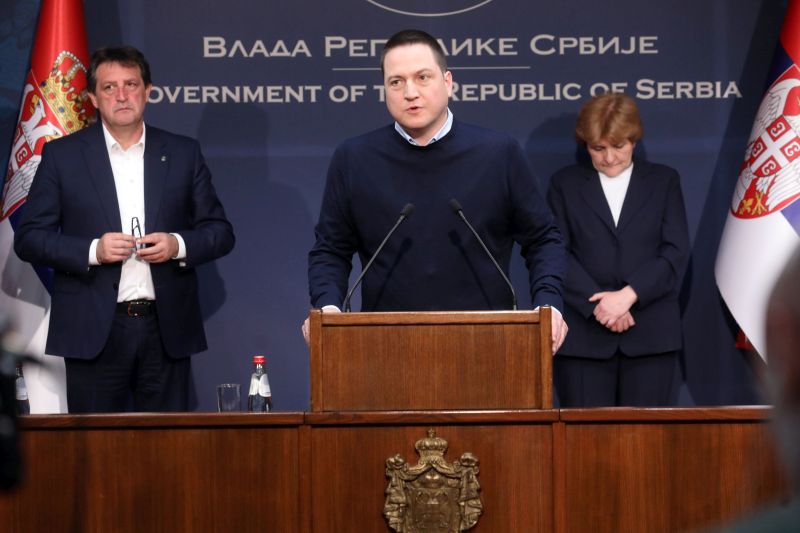 Belgrade, 3 May 2023
Belgrade, 3 May 2023Three days of mourning in Serbia over tragedy at Vladislav Ribnikar primary school

